moon festival
The Moon Festival: Best Places for Japan’s Tsukimi Events!

Tokyo Terry
Posted on November 28, 2023
Share:
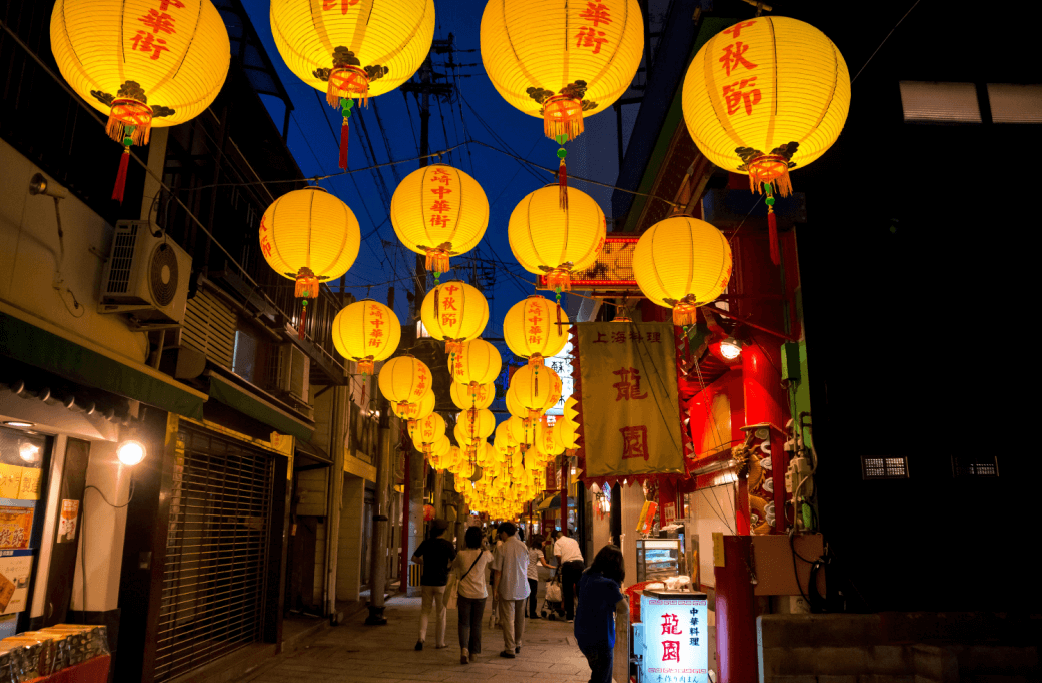
Since the beginning of human origins, people have celebrated celestial objects like the sun, moon, and stars. In East Asia, one of these celebrations is the mid-autumn moon festival. Here is everything you need to know about how people celebrate it in Japan.
When does the moon festival begin in Japan?
The Mid-Autumn Festival coincides with the 15th day of the 8th month in the traditional Chinese calendar. During this celebration, Chinese culture observes a week of specific customs, commemorating 3000 years of history and the year’s brightest full moon. In the era predating electricity, this luminous moon also enabled farmers to work at night, extending the time available to bring in their harvest. Consequently, Western culture considers this moon the “harvest moon.”
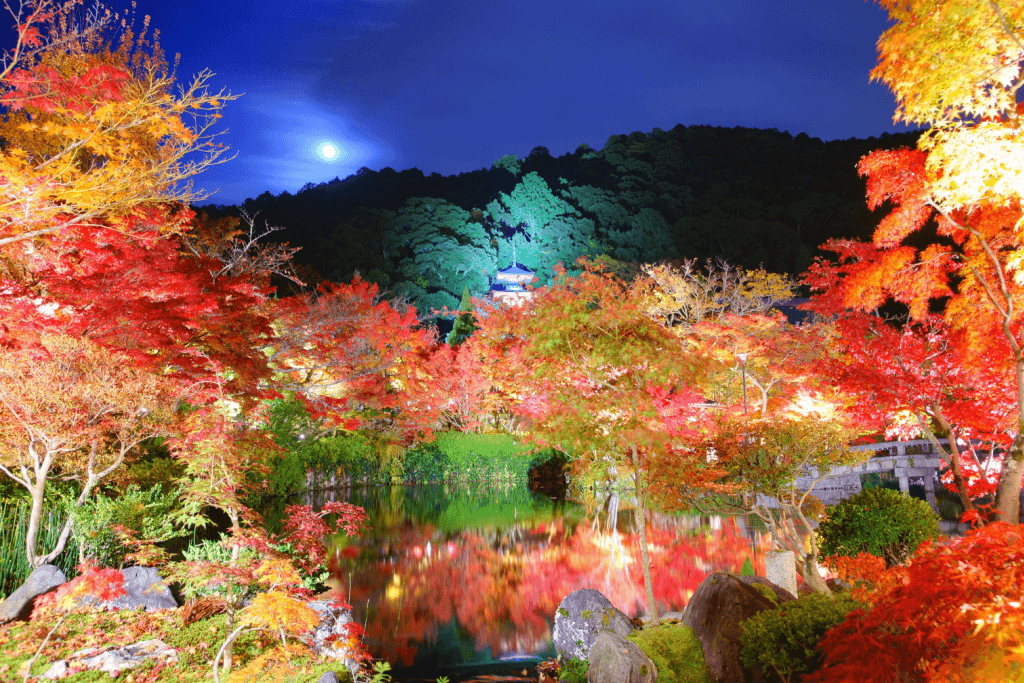
Hou Yi, the Chinese god of archery, received an immortality potion from the queen of heaven as a reward for his heroic acts. Unfortunately, his wife accidentally consumed the potion, leading to her eternal residence on the moon with the other gods. Hou Yi, yearning for his wife, prepared a feast annually during the brightest moon, hoping for her return. The festival continues as a tradition in remembrance of this story.
How do people have these celebrations?
The Japanese version of the traditional Chinese Mid-Autumn festival is Tsukimi, signified by the kanji for “moon” and “look,” meaning “looking at the moon.” Around the sixth century, Japan incorporated the Chinese calendar. Over time, a Japanese version emerged, aligning with many festival days of the original Chinese calendar, starting on the 15th day of the 8th month. On the Western calendar, this corresponds to a different day every year in September.
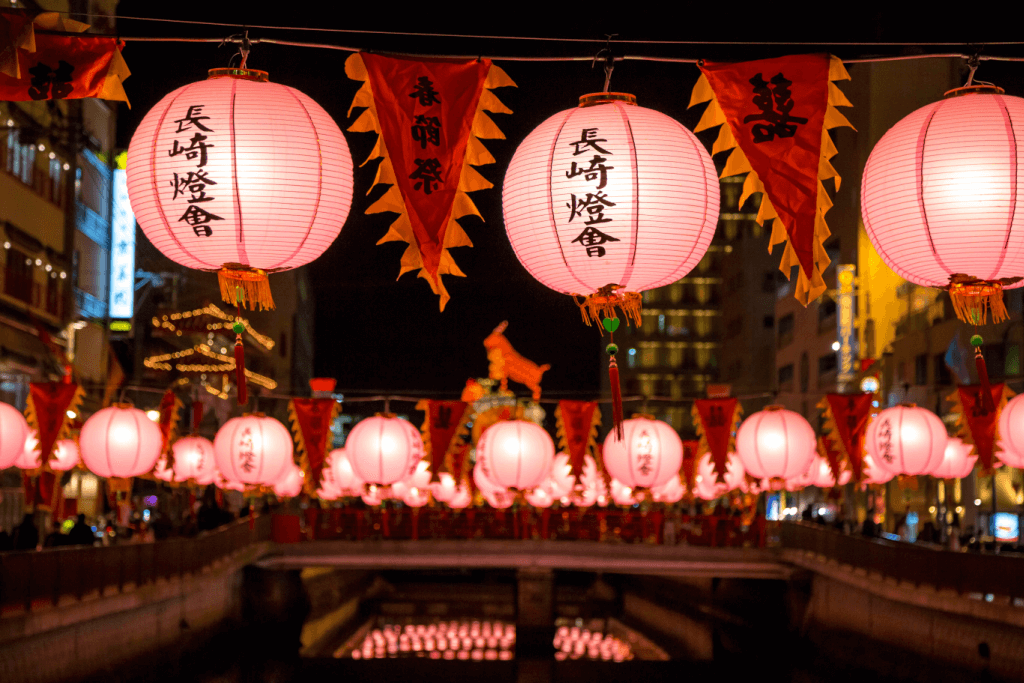
The day holds the same significance as in China: a time to gather, worship the moon, and celebrate the harvest. This celebration involves family gatherings and reunions with friends, and susuki grass decorates houses and businesses to ward off evil spirits.
Significant offerings include foods traditionally harvested in autumn, such as sweet potatoes, beans, and chestnuts. Like China, homes and restaurants serve moon-themed foods featuring round shapes, with Tsukimi dango being the most popular. Additionally, soba or udon, topped with a raw egg yolk representing the moon, is a typical dish during this time.
Are you looking for some snacks to enjoy for your next moon celebration? Check out Sakuraco! Sakuraco delivers traditional Japanese snacks, teas, sweets, and snacks from local Japanese makers directly to your door so you can enjoy the latest treats directly from Japan!
Where can I celebrate the moon festival in Japan?
Fukagawa Shrine, Tokyo
The shrine, sometimes called Tomioka Hachiman Shrine, established in 1627, is relatively new by shrine standards. During the festival, the shrine illuminates its premises, hosts performances, and serves various dishes incorporating whole egg yolks on the temple grounds.
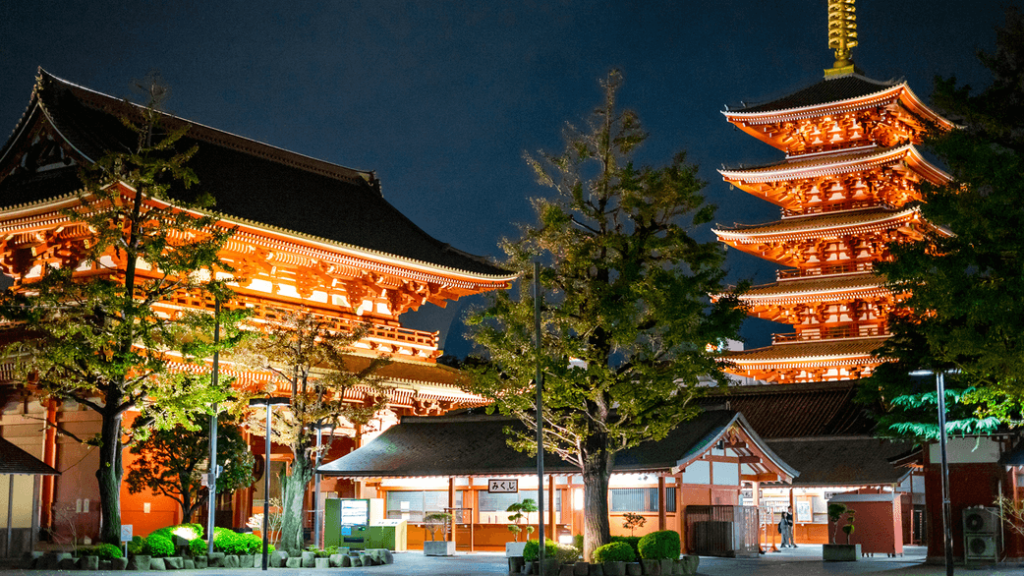
Numerous waterways, including the Fukagawa and Sumida rivers, surround the shrine. The Sumida River, in particular, has historically been known as an ideal location for viewing the tsukimi moon. During the Edo period, a sandbar on the river was quite famous as a viewing area. The moon and its reflection in the river’s waters are still enjoyed during nighttime moon-viewing boat rides.
Mozu Hachimangu Shrine, Osaka
In the 6th century, Empress Jingu, the 15th ruler of Japan, prayed for eternal peace at this spot. In her honor, they built Mozu Hachimangu Shrine, and the region changed its name to “Mozu,” meaning “eternity.” This Edo-era shrine, one of the largest in Tokyo prefecture, boasts many old trees, including a giant 800-year-old camphor tree, now a prefectural natural monument. The reflection of these old trees alongside the moon in the temple’s pond makes it a popular tsukimi site.
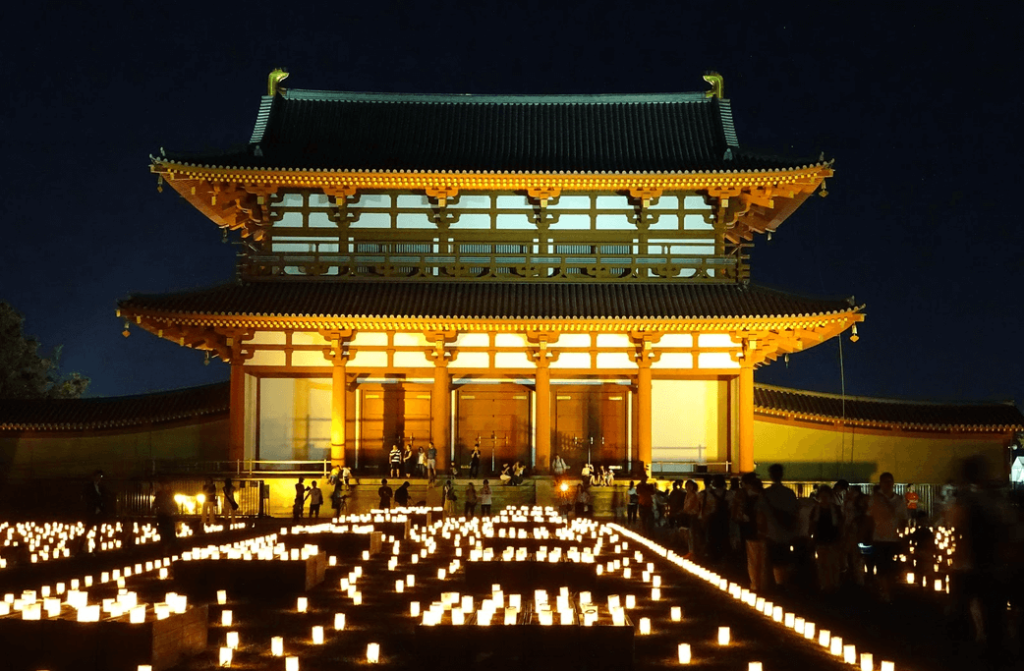
For over 300 years, the shrine has hosted vibrant tsukimi celebrations. The festivities involve constructing a gigantic taiko drum atop a four-meter-high portable platform. They add other smaller taiko drums to create a portable stage and shrine weighing as much as three tons. More than 50 people are needed to parade the shrine and drummers through the town to the temple. The loud drumming and the excited crowds accompanying the shrine create an unforgettable tsukimi experience.
Ishiyama Temple, Shiga
Built in the 8th century, Ishiyama Temple, located near Kyoto on a hill overlooking Lake Biwa, derives its name from large rock formations on its grounds made of a rare mixture of granite and limestone known as “wollastonite,” designated a Japanese Natural Monument.
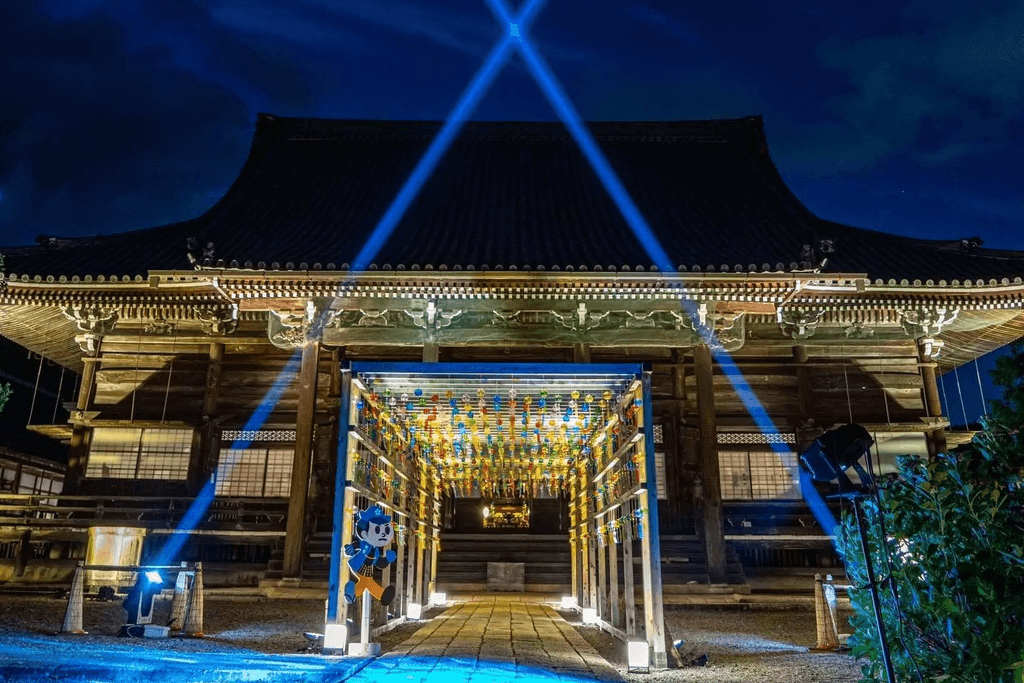
During tsukimi, the temple decorates the stairs leading to its grounds with thousands of bamboo lanterns, and floodlights bathe the temple pagoda. Murasaki Shikibu wrote The Tale of Genji at this temple while admiring the full moon’s reflection in Lake Biwa’s waters. The temple hosts performances and displays related to the story during the festival.
Himeji Castle, Hyogo
Himeji Castle started as a fort constructed in the 1300s. It is the largest castle in Japan and boasts the most visitors. In 1993, it was designated as a UNESCO World Heritage Site. Its location atop the hill creates a stunning scene when the full moon appears in the background.
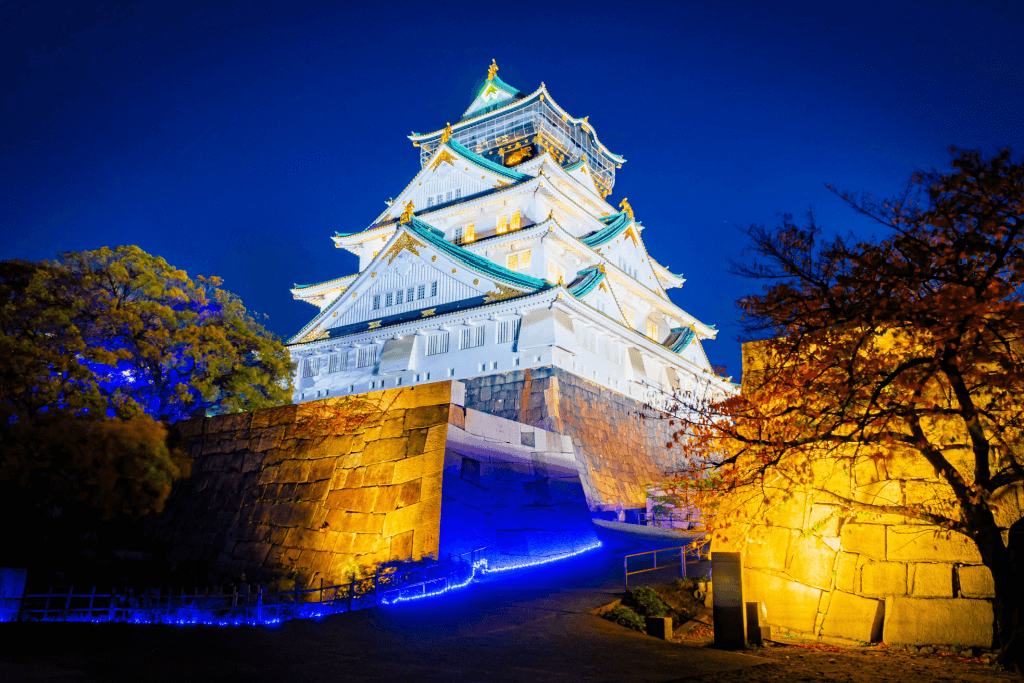
A large stage is built on the flat land surrounding the castle for tsukimi festivities. These include taiko drumming, koto performances, poetry readings, and sword dancing displays. And there are many types of oden, fish cakes, and sake on-site for the event.
Matsumoto Castle, Nagano
Matsumoto Castle is recognized as a “flatland” castle, indicating it is not situated on a hill for protection, unlike many other castles in Japan. Instead, it relies on a moat for defense. This unique arrangement allows easy viewing of the castle from the surrounding plain due to the absence of trees.
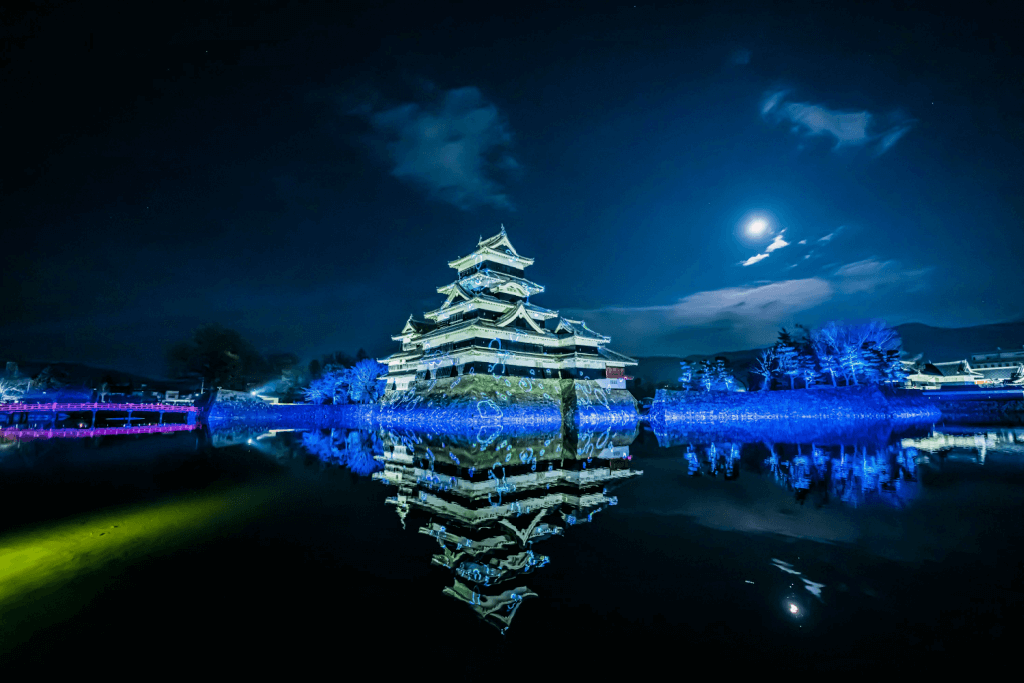
During tsukimi, when the castle is illuminated, its striking black-and-white color scheme sharply contrasts with the dark sky. Both the castle and the moon cast beautiful reflections in the surrounding moat. In addition to the castle illumination, moon festival activities encompass live shamisen and koto performances, ikebana displays, and tea ceremonies on the castle grounds.
Tsukimi festivals offer a glimpse into many aspects of Japan’s history and celebrate a deep appreciation for the moon’s beauty. Each festival continues its unique traditions and customs. These festivals also provide an opportunity for people to connect with both each other and the past. Have you ever been to a tsukimi festival before? Let us know in the comments below.

Discover authentic flavors with Sakuraco
Get Sakuraco 

Discover authentic flavors with Sakuraco
Get Sakuraco 
Related Articles

Steam Train in Shizuoka: Riding the Oigawa Railway
For travelers who love history, beautiful views, and cozy retro vibes, this steam train is one of Shizuoka’s most charming treasures, with some of the best views. If you want to know more about this train, keep reading below!

Nara Japan: The Amazing Legend of the Sacred Dragon
In Japanese culture, dragons are spiritual beings that represent strength, prosperity, and a harmonious balance with the natural forces. Nara, Japan, has a unique story associated with sacred ponds and revered shrines throughout the region.

Nambu Tekki: Morioka’s Amazing Iron Craft
In the historic city of Morioka, Iwate Prefecture, a craft with over 400 years of history continues to captivate with its rustic beauty and practical charm. Nambu tekki, or Nambu cast iron, refers to traditional ironware, such as teapots, kettles, and decorative pieces, that embody the spirit of Tohoku craftsmanship.

Ebisu: The Cheerful Guardian of Luck and Prosperity
Religion in Japan involves a dizzying array of spirits and beings. These gods are inspired by ancient tales and used to symbolize nature’s bounty. However, they also profoundly impact daily life and are often sought out for help in challenging times



